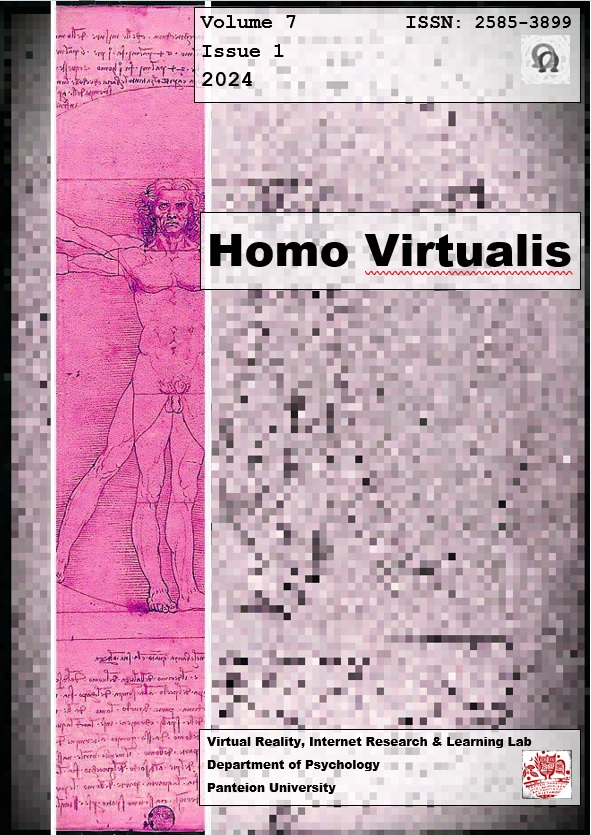Exploring the connections between dissociation and psychosis: A psychocybernetic perspective

Abstract
This article aims to explore the application of the cybernetic model within the context of explaining the mechanisms behind the development of dissociation and psychosis. The analysis focuses on the cybernetic model, with particular attention to the autonomic system as proposed by Professor Marian Mazur. Priority is given to the role of the homeostat and the feedback mechanism, demonstrating how the homeostat is regulated through tension across the entire autonomic system. Additionally, the impact of the homeostat on tension regulation is discussed in the context of resistance phenomena, especially in situations where the system resists increasing emotional potential in the face of high sensory potential. The conclusions derived from the cybernetic model, presented in the final part of the article, shed new light on the possibility that dissociation may precede psychosis, challenging dominant beliefs in this area.
Article Details
- How to Cite
-
Szymańska, A. (2024). Exploring the connections between dissociation and psychosis: A psychocybernetic perspective. Homo Virtualis, 7(1), 21–46. https://doi.org/10.12681/homvir.39832
- Section
- Articles

This work is licensed under a Creative Commons Attribution 4.0 International License.
Authors who publish with this journal agree to the following terms:
· Authors retain copyright and grant the journal right of first publication with the work simultaneously licensed under a Creative Commons Attribution License that allows others to share the work with an acknowledgement of the work's authorship and initial publication in this journal.
· Authors are able to enter into separate, additional contractual arrangements for the non-exclusive distribution of the journal's published version of the work (e.g. post it to an institutional repository or publish it in a book), with an acknowledgement of its initial publication in this journal.
· Authors are permitted and encouraged to post their work online (preferably in institutional repositories or on their website) prior to and during the submission process, as it can lead to productive exchanges, as well as earlier and greater citation of published work.


